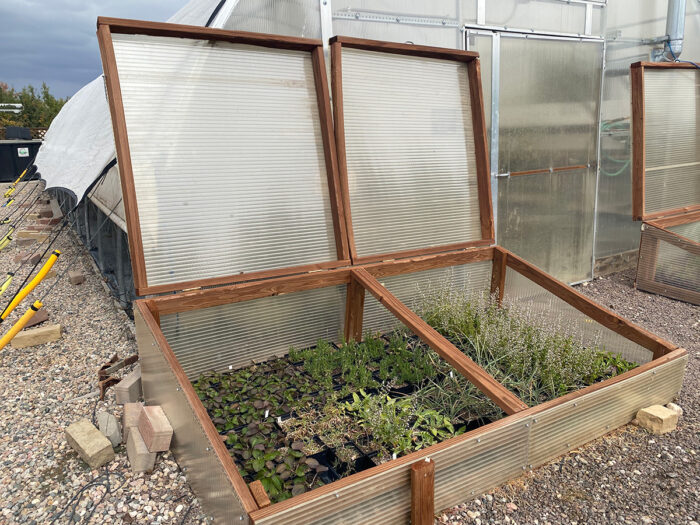
If you’ve lived in the Mountain West, you know how erratic the weather can be here; sometimes there are swings between temperatures with as much as a 60° to 70°F difference in a single day. We can get snow as late as June and as early as September. What’s a gardener to do?
There are many ways to extend the gardening season: frost cloth, walls of water, and row tunnels, to name a few. One other method is the use of cold frames.
Cold frames at a glance
Very simply, cold frames are short boxes with transparent lids. Similar to greenhouses, they help protect the plants inside from weather extremes. Both greenhouses and cold frames work on the principle that solar radiation can pass through the glass/plastic exterior and heat the materials and air inside, but the heat that is generated cannot pass through easily and is thus trapped inside. However, unlike with greenhouses, there is typically no additional artificial heat source in cold frames—only the sun. Lids can be propped open to vent excess heat during warmer days. In addition to providing warmth, cold frames also shelter plants from the wind, which is so prominent in our mountain climate. There are several ways to use cold frames. Here are a few of the most common ones.
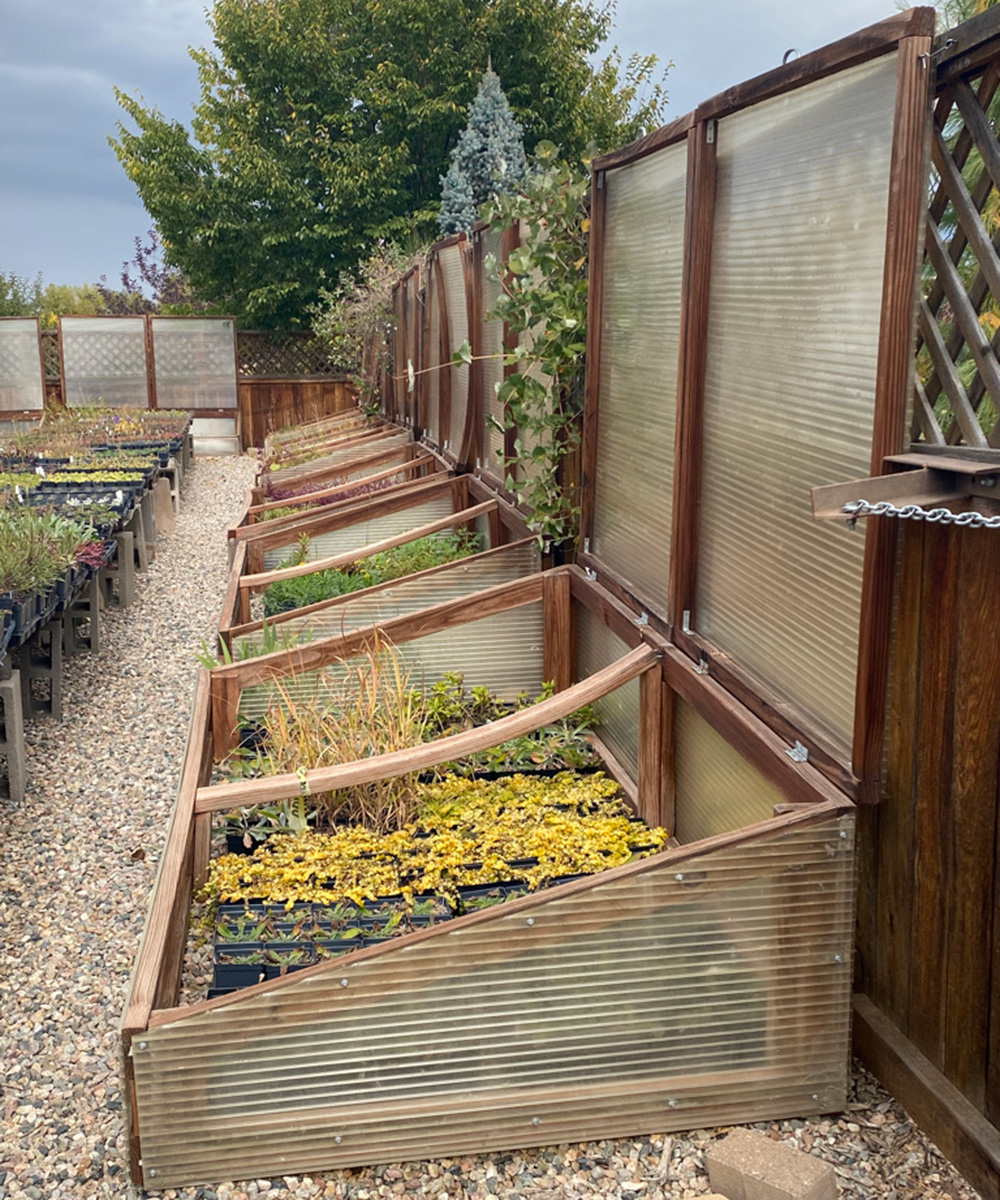
Hardening off seedlings
If you’ve grown seedlings indoors or in the greenhouse, they need to be hardened off prior to transplanting in the garden. Transferring them to a cold frame is a great way to get your new plants adjusted to the outdoor environment.
Overwintering perennials
You may also use cold frames to overwinter perennial plants for the next year. At the Gardens on Spring Creek, where the above cold frames are used, this is their primary use. We start perennials by seed for planting in our grounds and selling in a spring plant sale during the summer, using the cold frames to store them over the winter. To ensure that plants stay warm enough, we also add a layer of frost cloth inside the cold frames for extra insulation.
Providing insulation to existing beds
Another technique is to place the cold frame in a garden bed (raised bed or in-ground) and plant directly into the space. This is a great way to extend the growing season for your vegetable garden. You can plant cool-season crops such as lettuce, spinach, herbs, and root crops weeks earlier in the spring, or add a crop in the fall as other crops have finished to provide fresh veggies as fall transitions to winter.
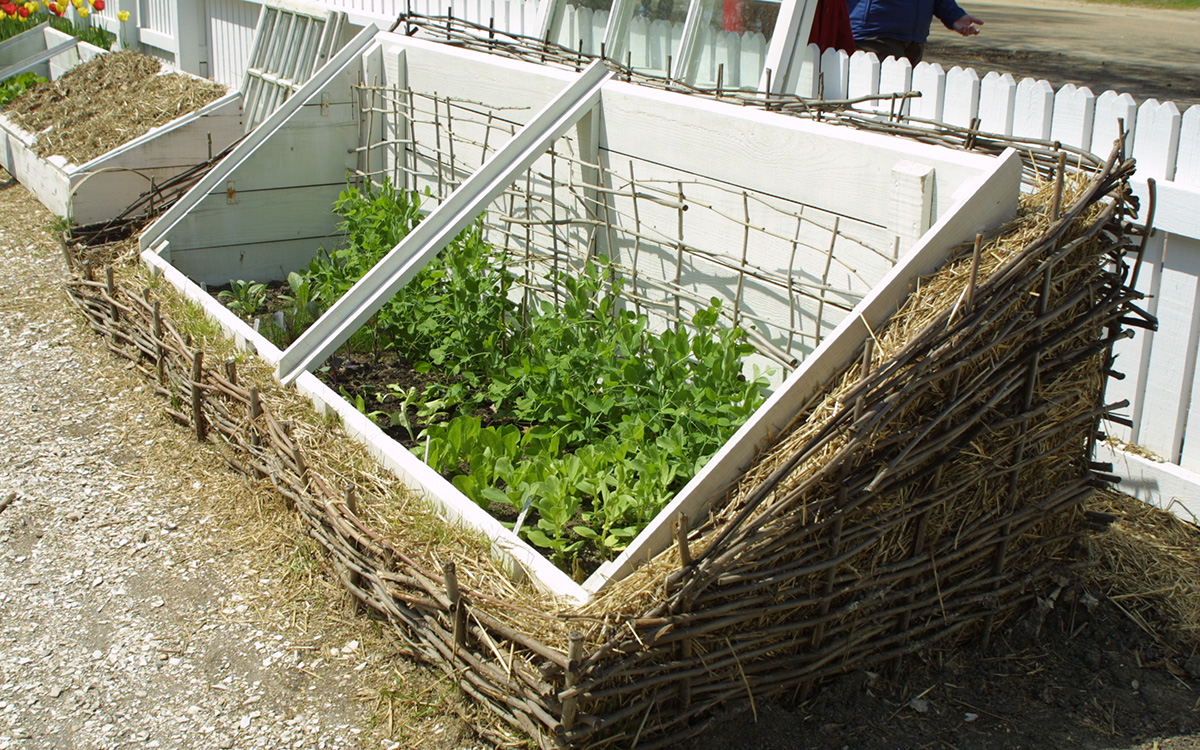
To build or to buy?
Building a cold frame is relatively simple and a great way to upcycle supplies you may have on hand. The nice thing is that they can be built to fit your space. You will often find them made with old windows hinged to a wood box. At the Gardens on Spring Creek, we used old Lexan polycarbonate removed from a greenhouse that had suffered hail damage. Redwood frames were constructed, and undamaged sections of the polycarbonate were used to cover the sides and lids, allowing for more light. There are also many ready-made cold frames for sale online at a range of prices.
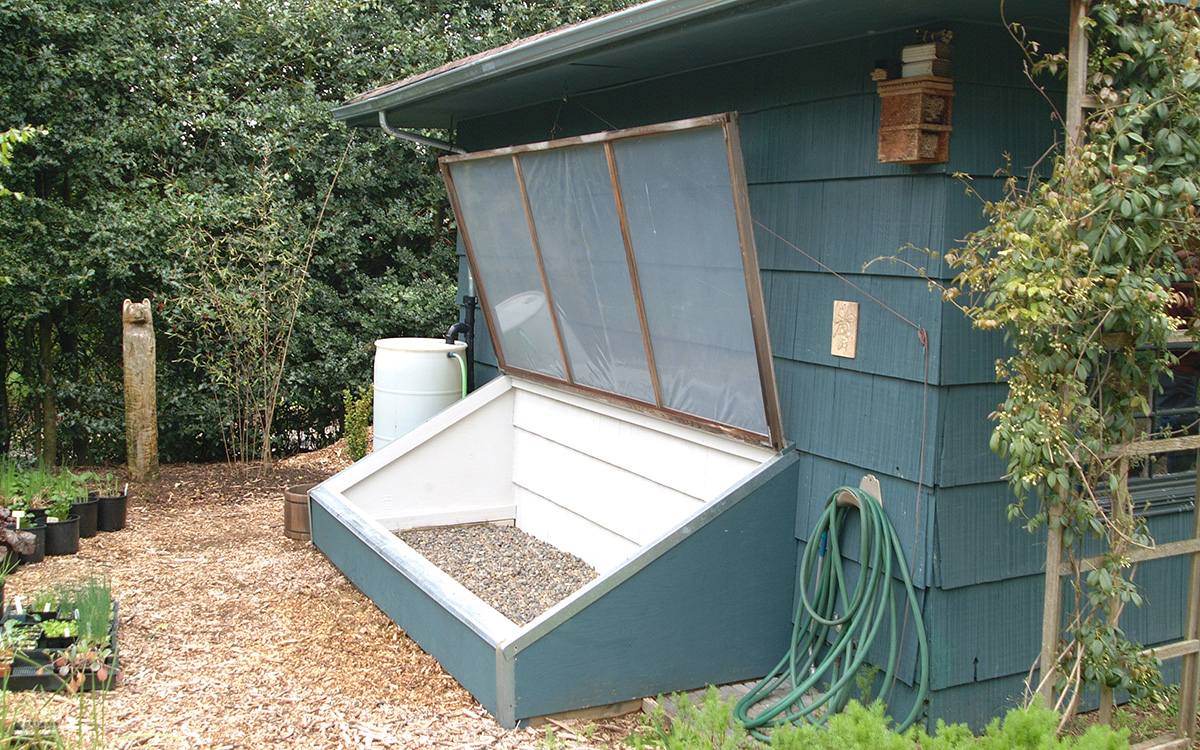
Where to place your cold frame
Place your cold frame in a sunny location, preferably facing south or west for maximum light to create maximum heat. If you place it against a house or rock wall, that will allow for the creation of additional heat. One word of caution: Pay attention to the winds on your site. If you are placing your cold frame in a windy location, you may want to weigh it down or affix it to something so it won’t blow away. (Yep, that is a lesson learned the hard way!)
Cold frames are a great way for us to extend the short gardening season in the Mountain West. I encourage you to give them a try. If you decide to build your own, it will make a great winter project that will be ready just in time for next spring’s growing season.
For information on other methods of extending the season, check out Get a Jump Start on Spring Planting.
—Michelle Provaznik is executive director of the Gardens on Spring Creek in Fort Collins, Colorado.
Fine Gardening Recommended Products

Ho-Mi Digger - Korean Triangle Blade
Fine Gardening receives a commission for items purchased through links on this site, including Amazon Associates and other affiliate advertising programs.

Fort Vee - Organic Potting Soil Mix
Fine Gardening receives a commission for items purchased through links on this site, including Amazon Associates and other affiliate advertising programs.

Corona E-Grip Trowel
Fine Gardening receives a commission for items purchased through links on this site, including Amazon Associates and other affiliate advertising programs.




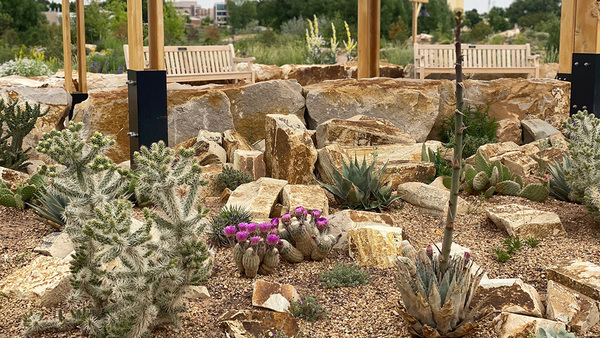














Comments
Log in or create an account to post a comment.
Sign up Log in